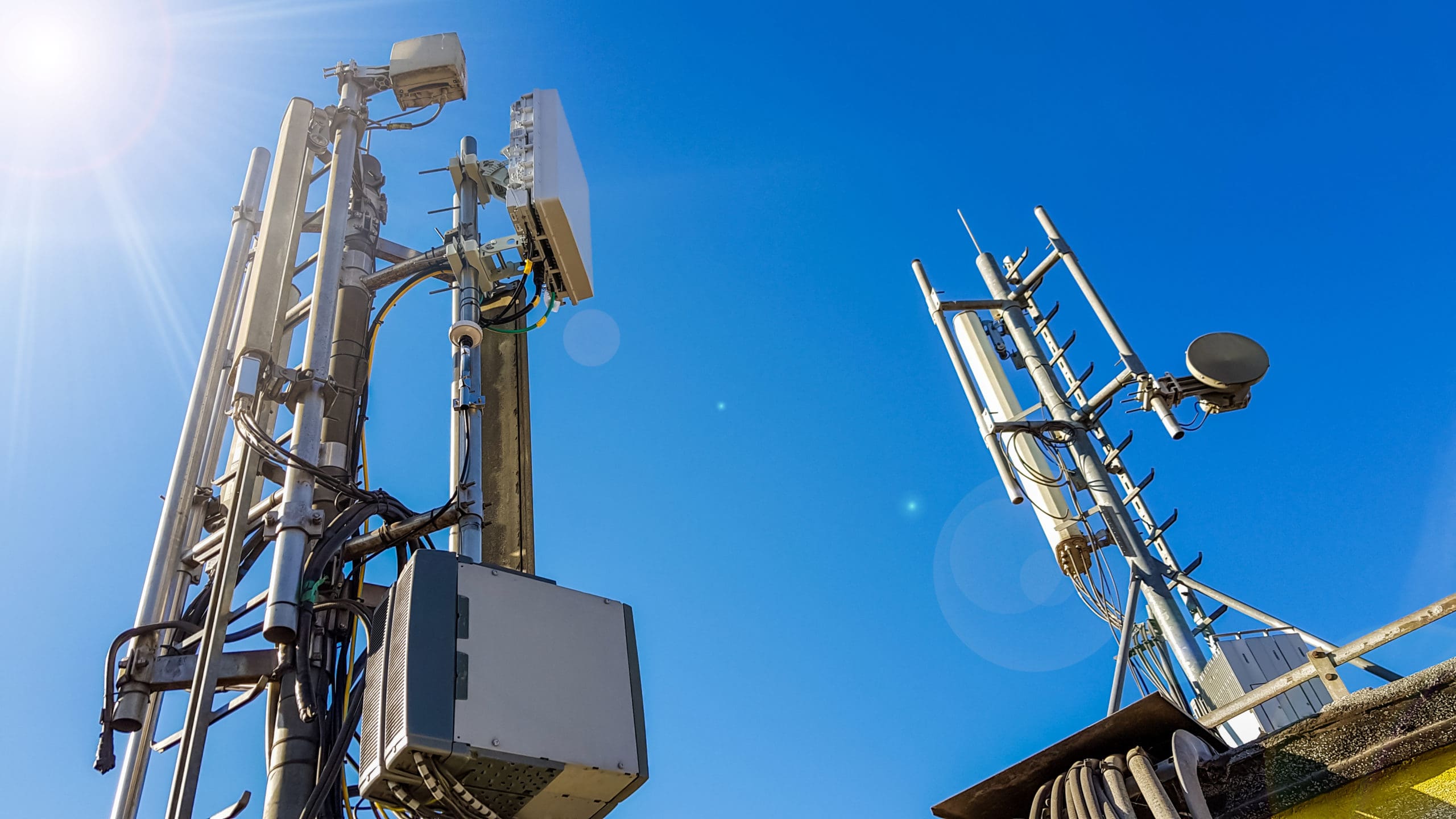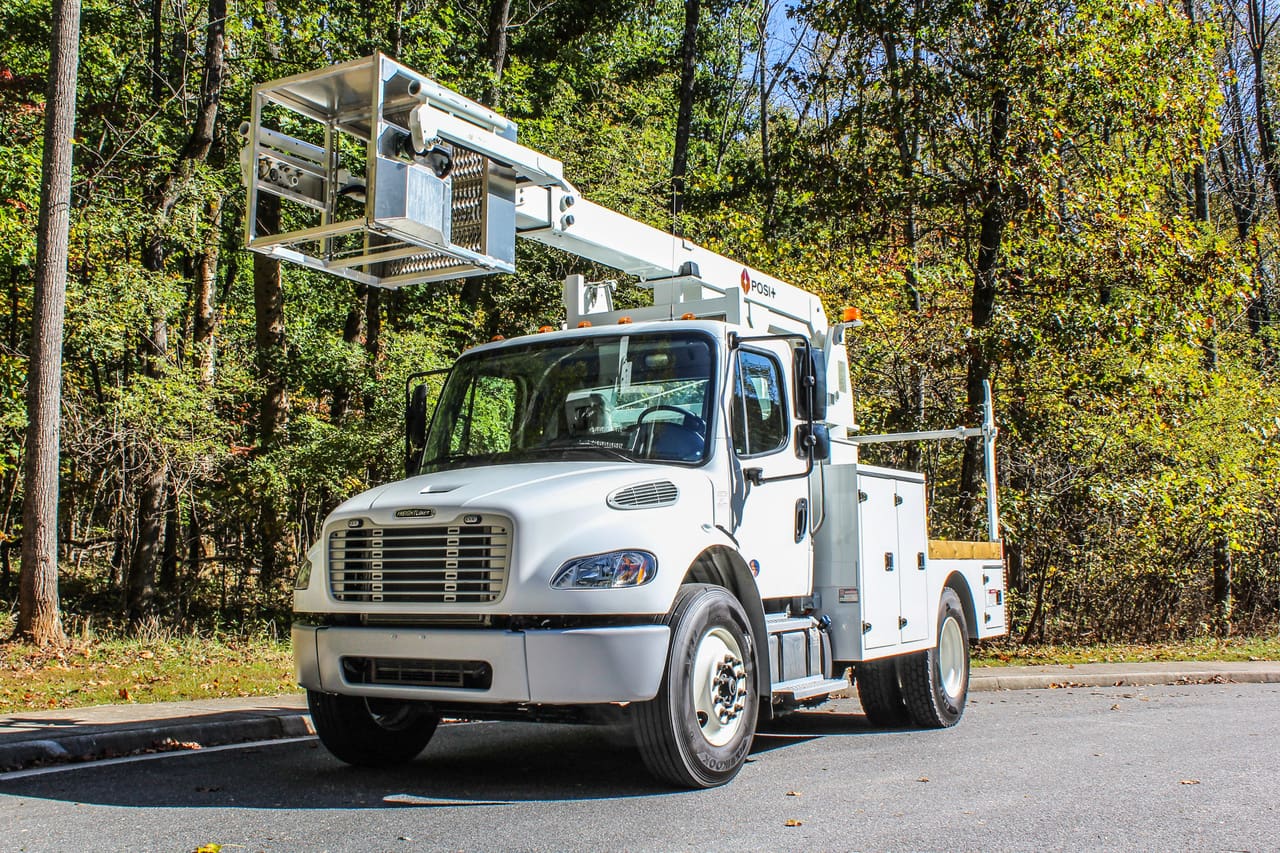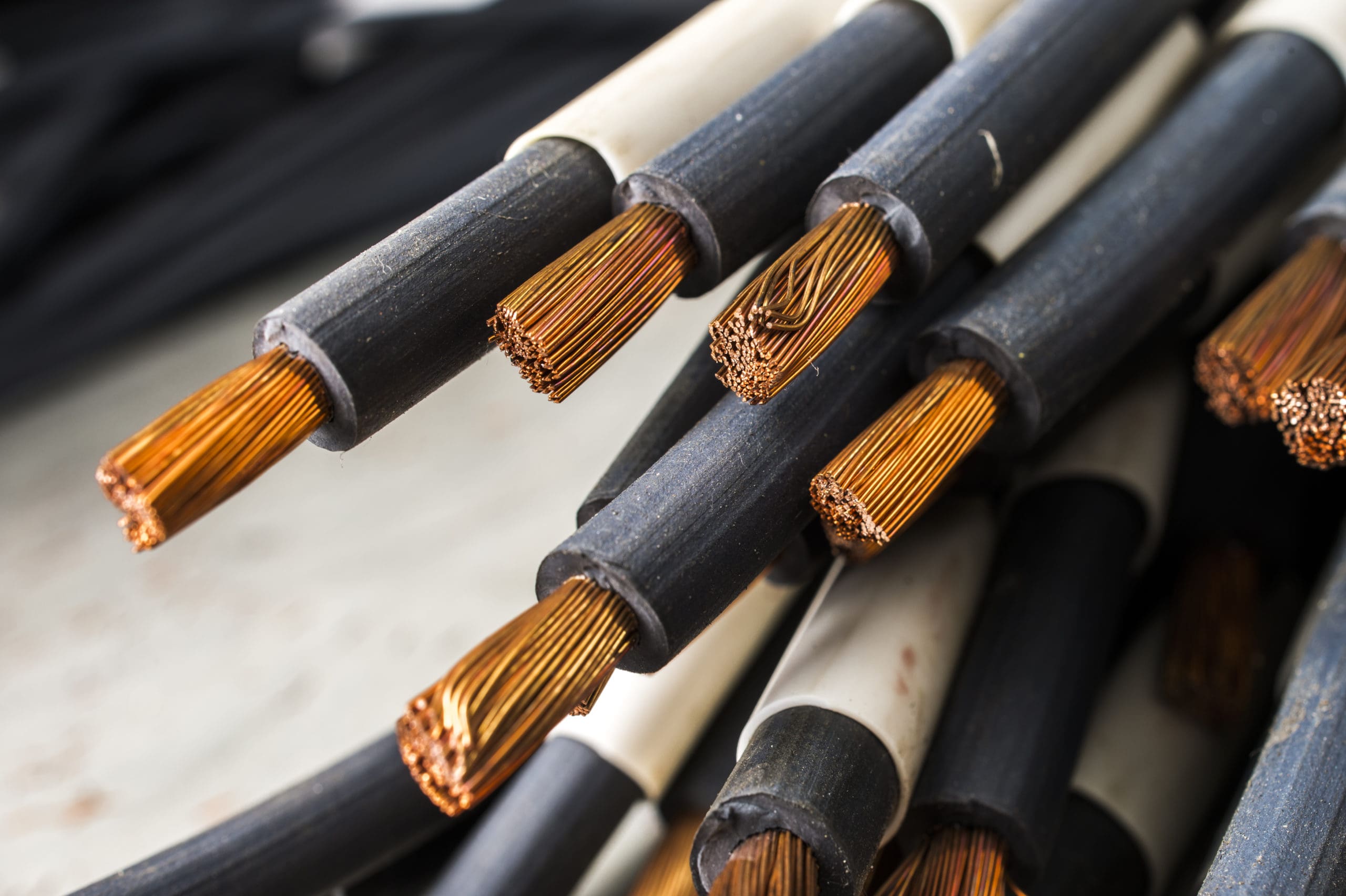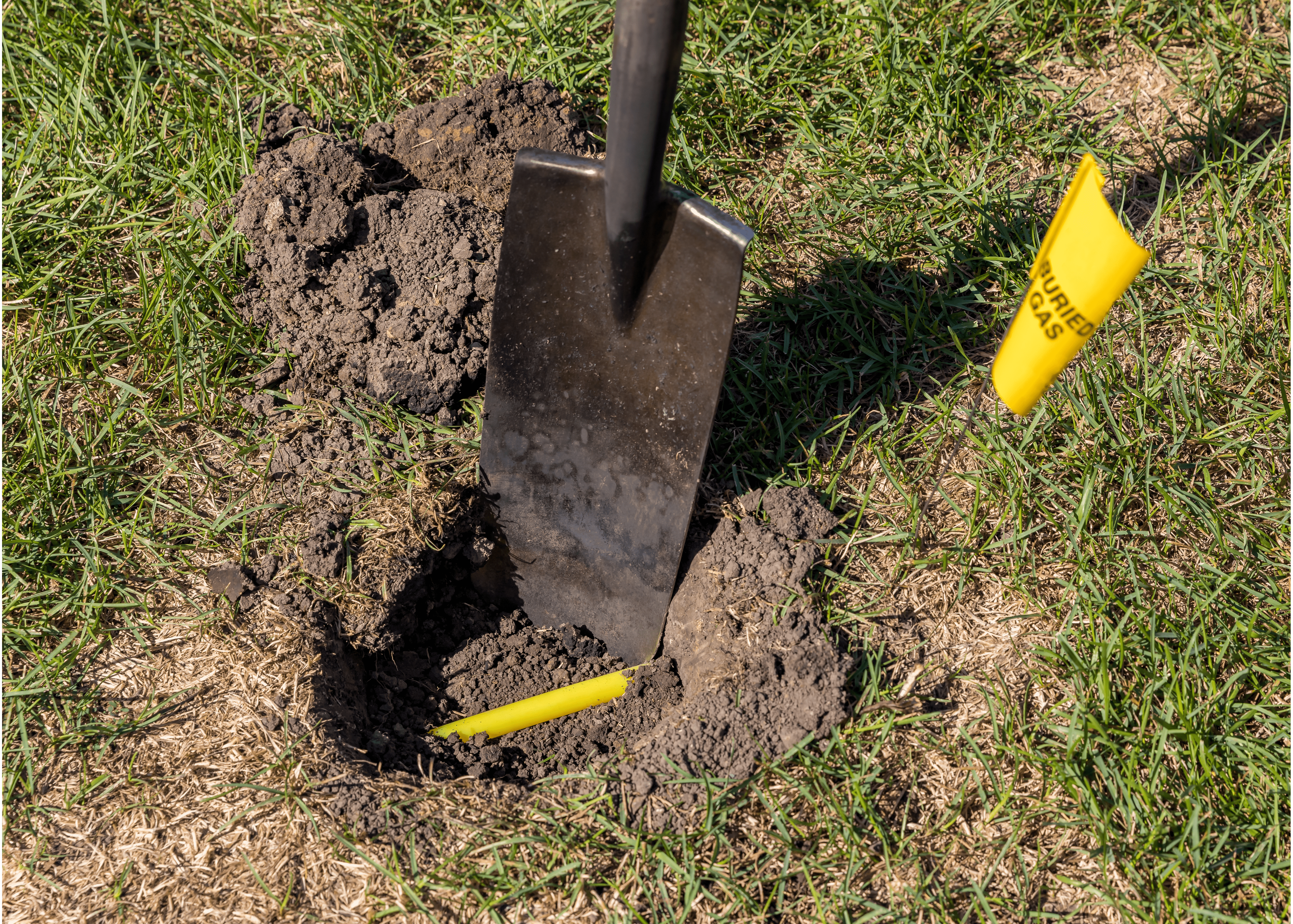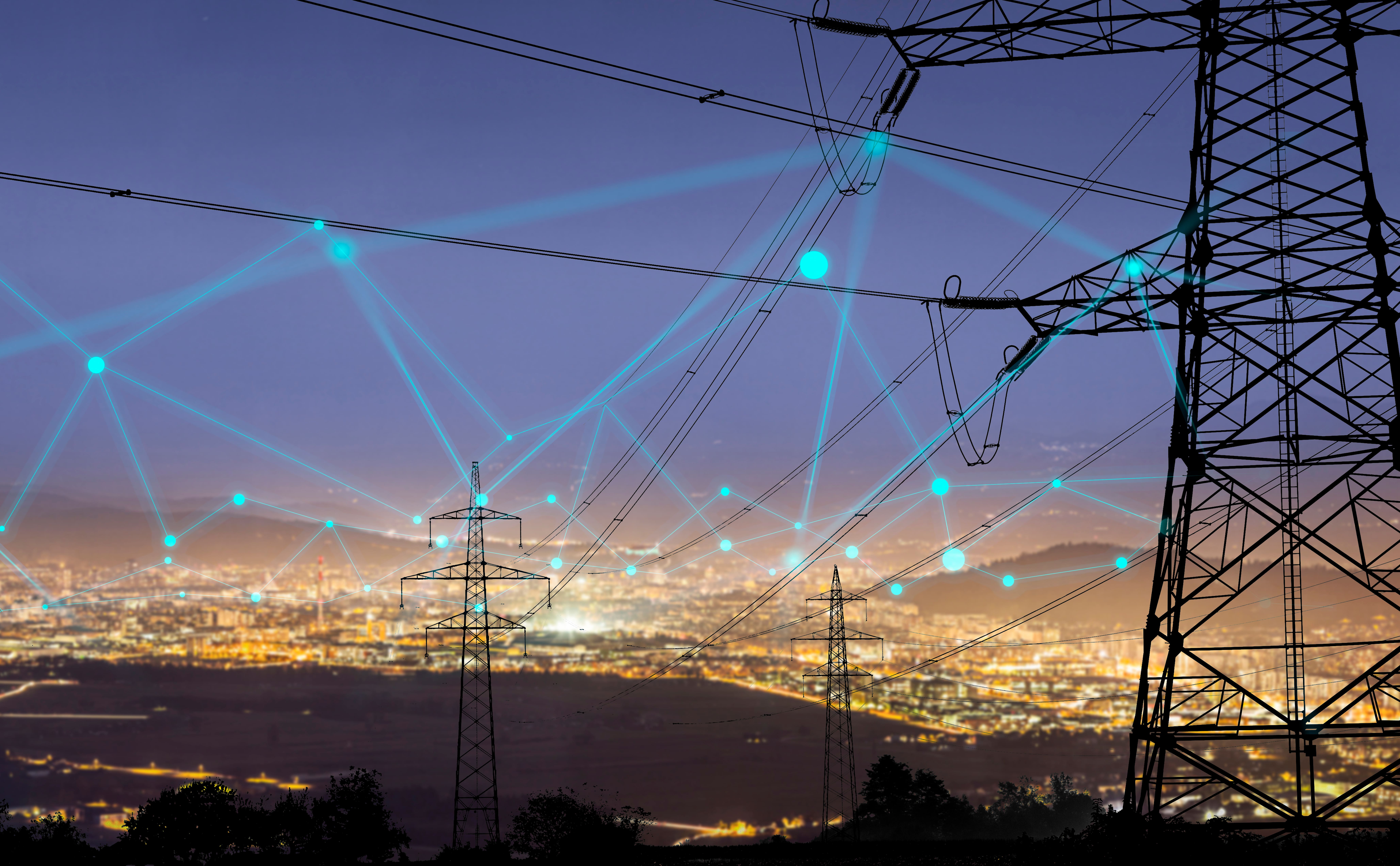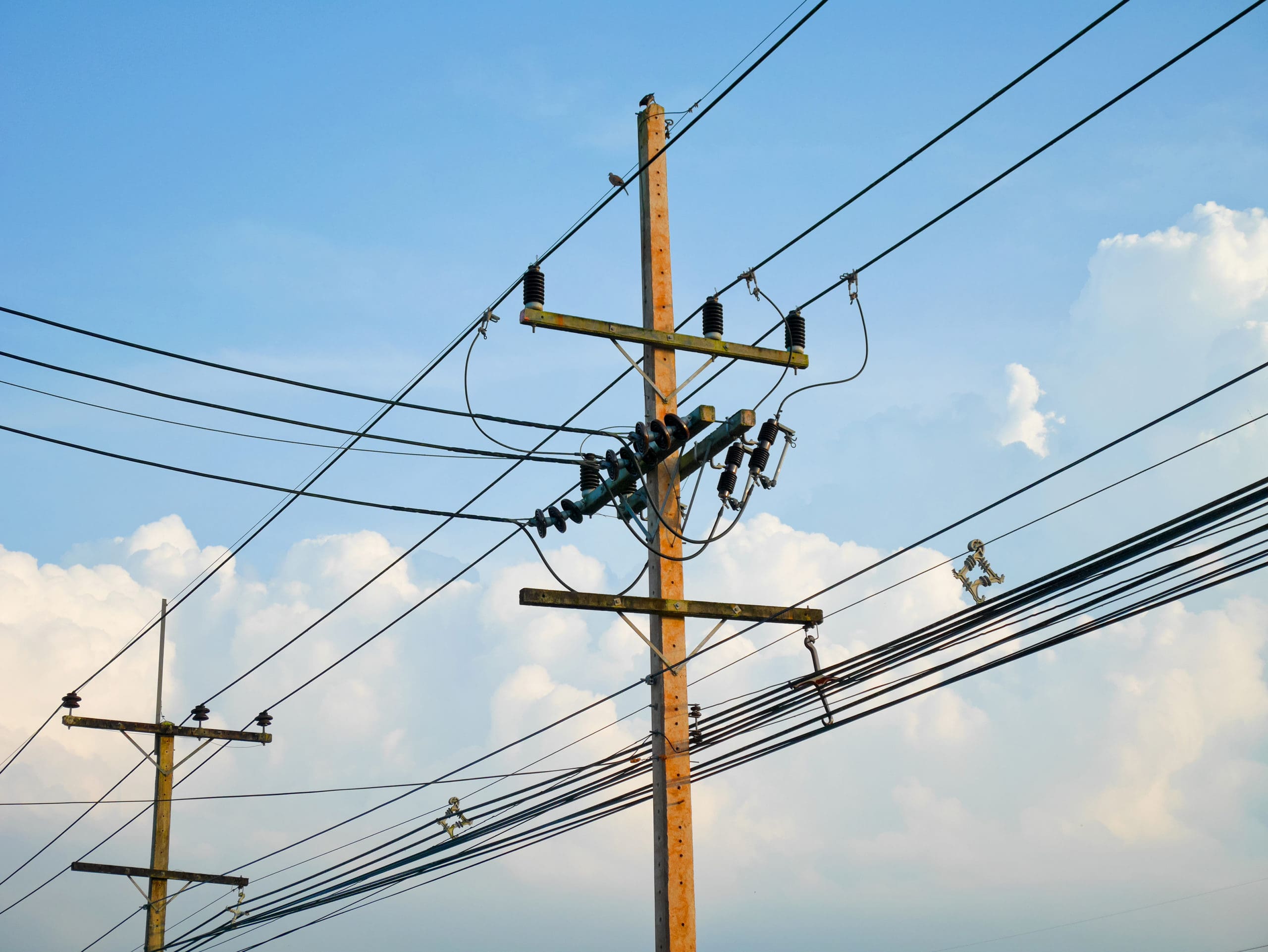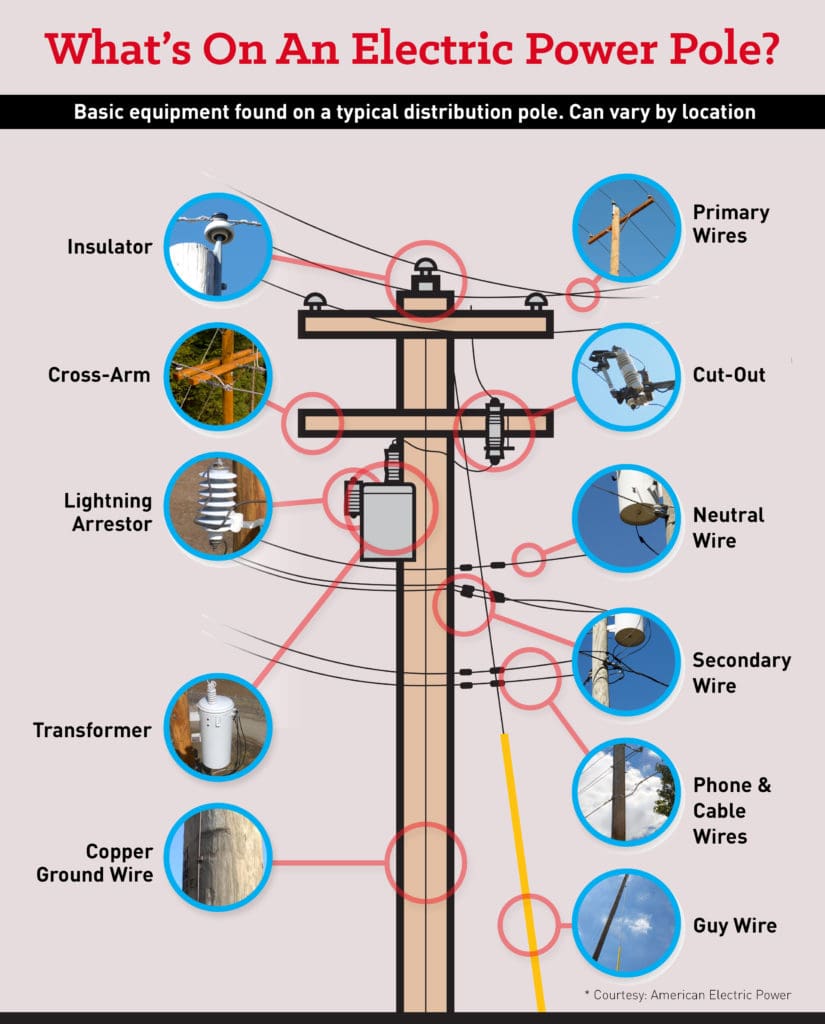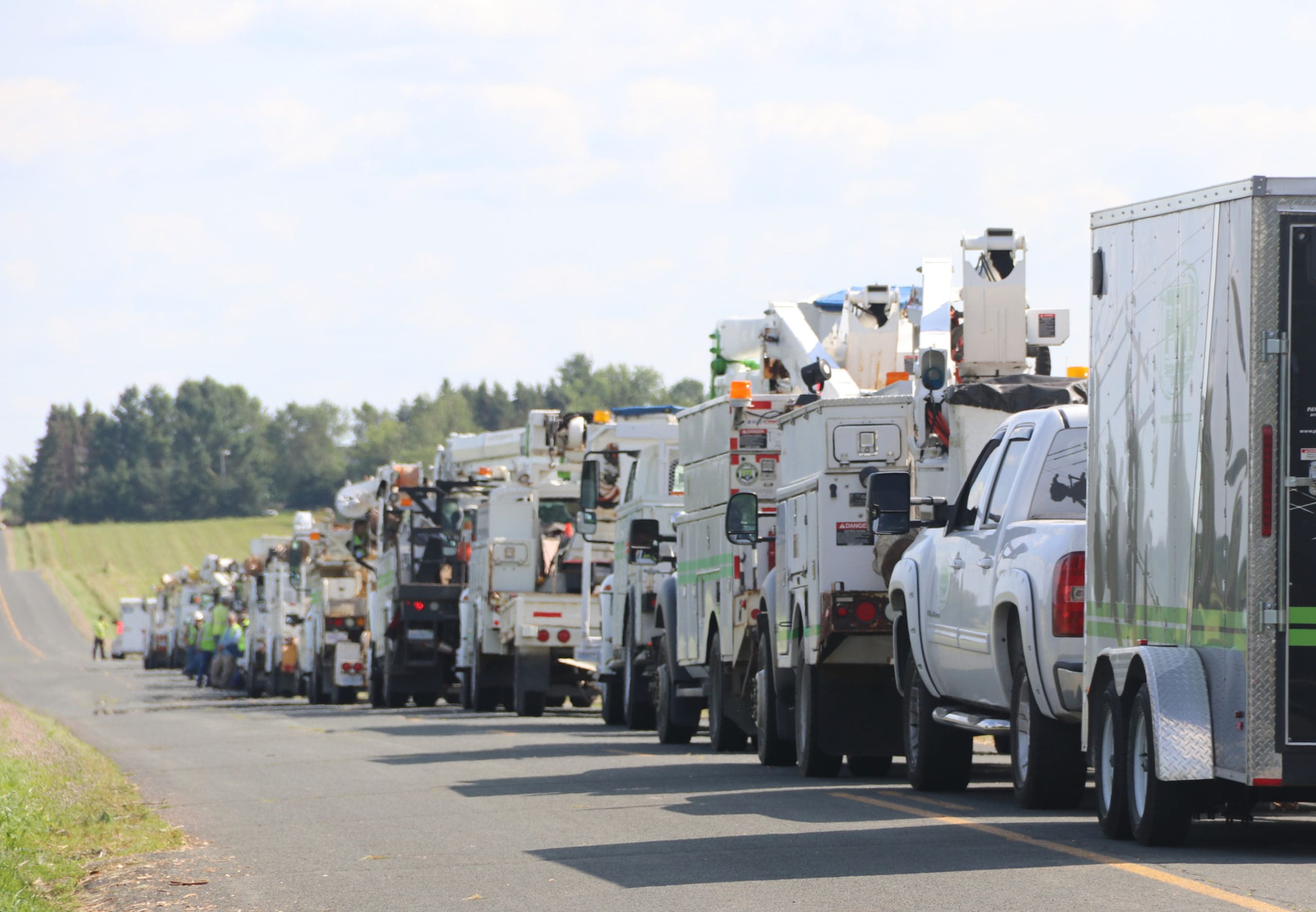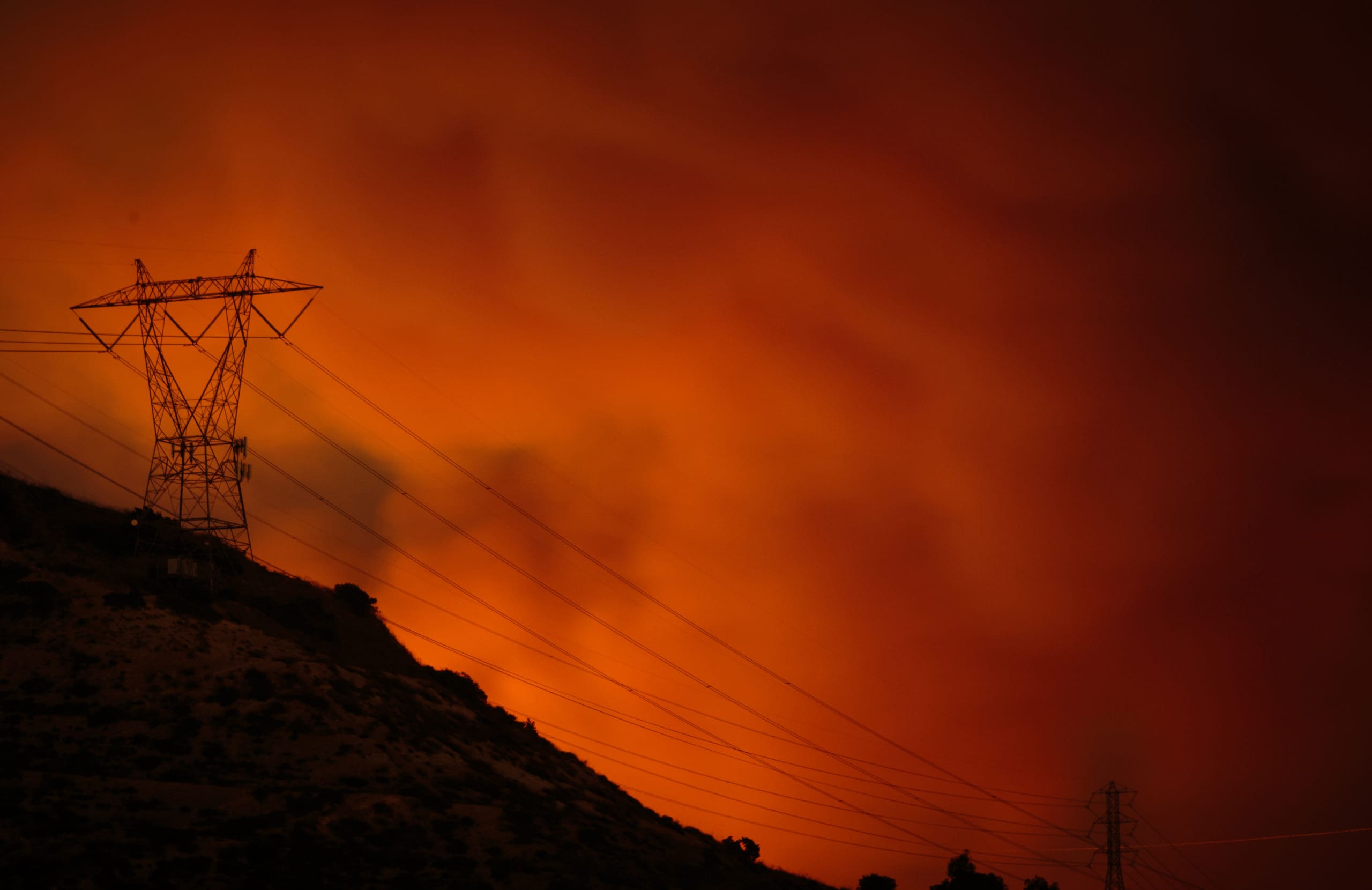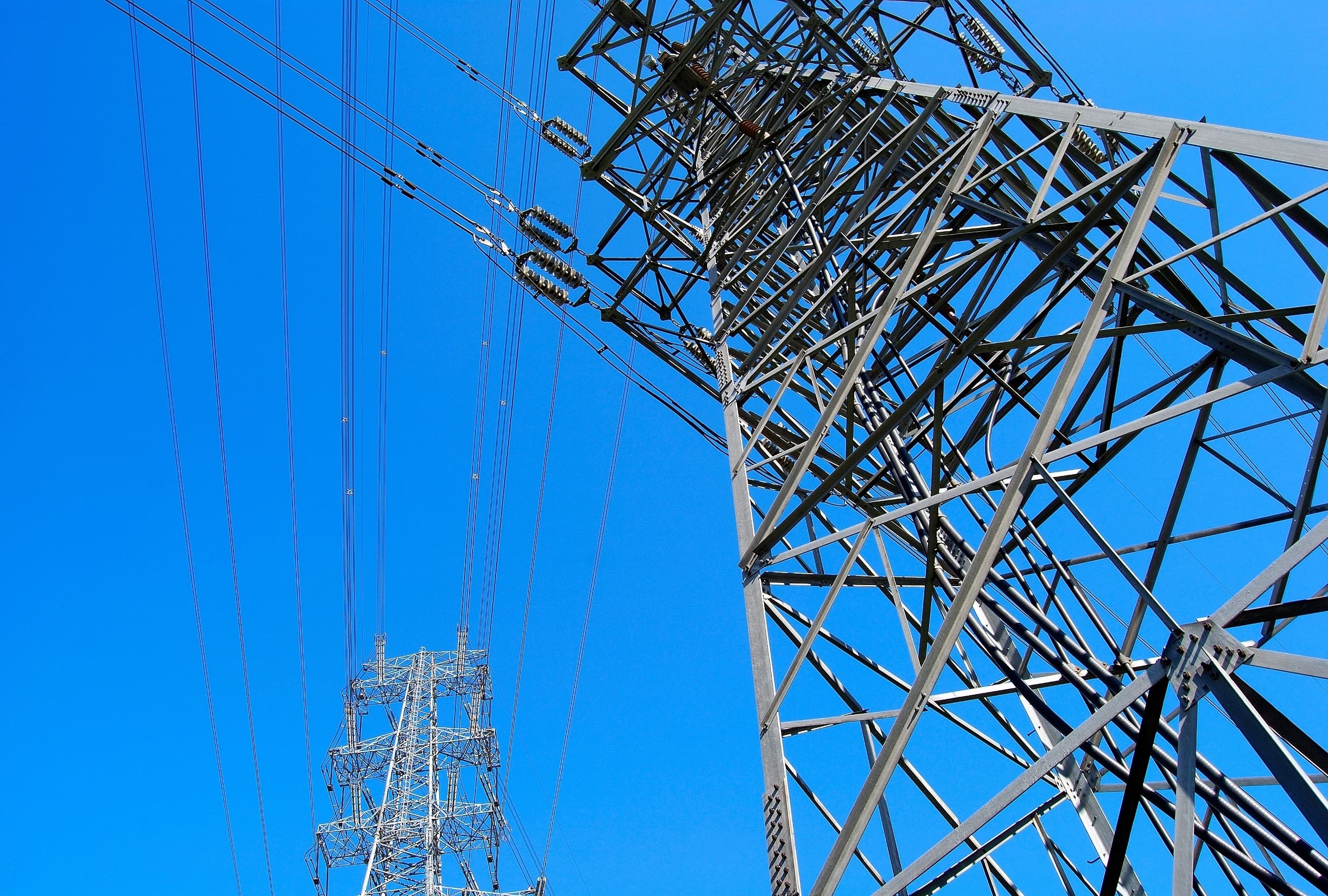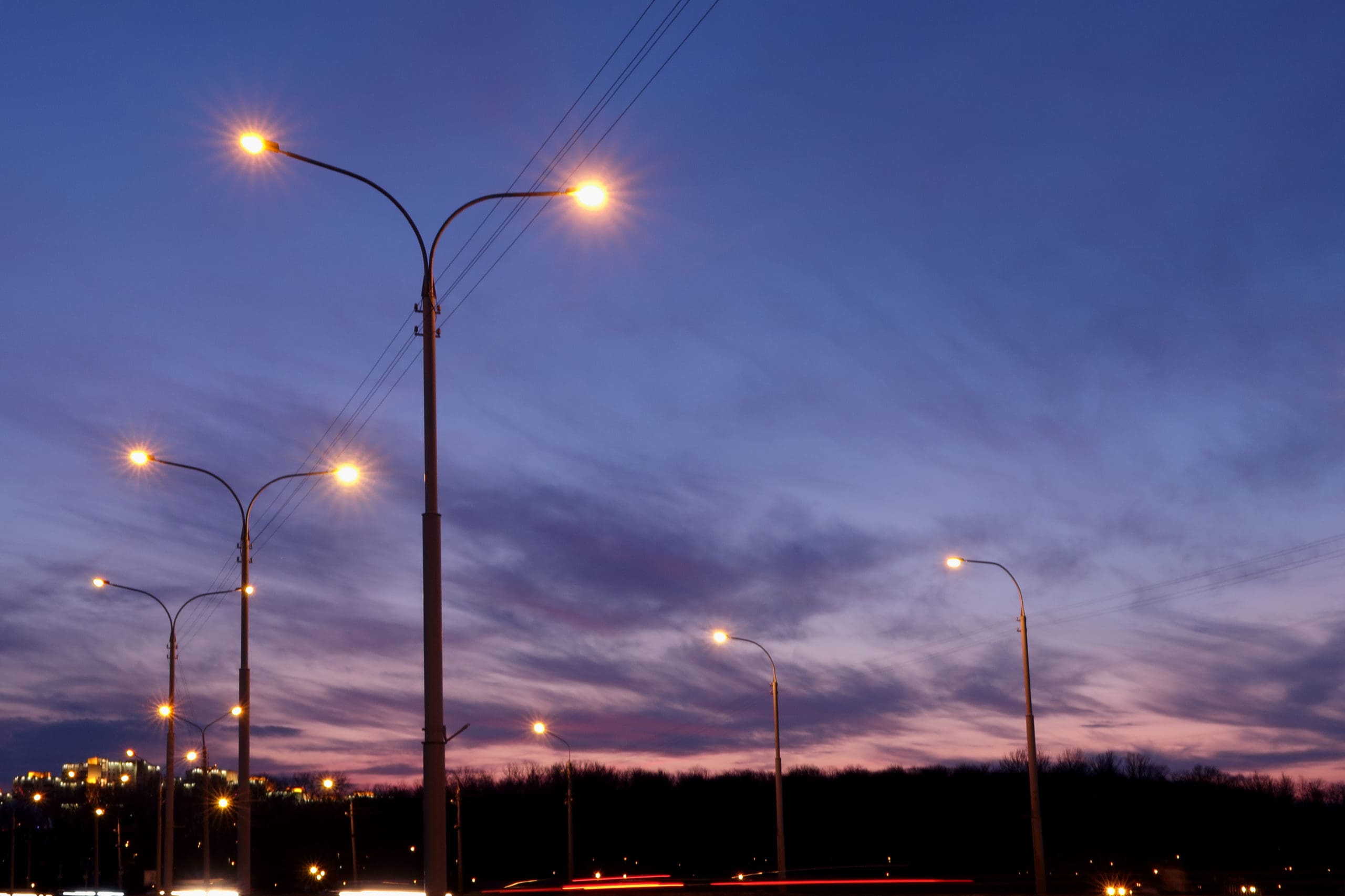
For centuries, lamps have lit the streets of cities around the world. From gas to electricity, streetlights have lit the way for residents and kept them safe at night. Research shows that streetlights lower crimes at night by 39%.
These streetlights need maintenance to keep them shining through the night. Do you wonder how this is done? Keep reading to learn how cities maintain streetlights and what equipment they use!
The Use of Streetlights in Cities
Cities use different types of streetlights depending on the area and usage.
Streetlights maintain safety by reducing crime that could take place in low-light areas.
They also light roads, sidewalks, and parks which help reduce accidents and injuries. Good lighting improves visibility for drivers and cyclists on the road.
Streetlights are an important part of urban design. The key factors that define different streetlamps are scale, color, and luminance. The scale of the lamp post depends on where its placed and its usage. White-colored lights allow more visibility than yellow lights. The luminance in light may differ depending on the area and its intended use.
In recent years, LED bulbs have replaced HPS and HID lamps. LED streetlights consume twice less energy and last 2x longer than HPS and HID lamps. This helps with the issue of high consumption that a lot of streetlights have.
LED lights are also much more durable than incandescent lights. Especially in harsh environments, LED lights are break-resistant because of the materials they are made of, LED solar street lights have also been used in areas of direct sunlight. These solar lights are long-lasting, use little energy consumption, and are easy to maintain.
Maintaining Streetlights
Cities maintain streetlights through preventative maintenance and response repairs. Preventative maintenance involves re-lamping HPS lights every few years. When this happens, there needs to be traffic control and some road closures, if the lamps are in high traffic areas.
LED lamps do not need to be re-lamped. LED solar street lights may need some preventative maintenance as well. This includes cleaning the solar panels, trimming surrounding trees that may block the solar panels, and maintaining and/or replacing the battery.
City workers will respond to street light outage reports. When city workers respond to these reports, they often troubleshoot issues that could be causing an outage. This includes checking the power distribution system, replacing the photocell, and repairing or replacing a contactor.
In neighborhoods, cities often rely on the people who live in the area to report broken streetlights. Many lamp posts have a number tag on them that residents can use to report the specific lamp to city maintenance. City workers will also routinely inspect street lights on the major streets of a city and make any necessary repairs.
Equipment Used for Maintenance
When city workers go to repair or maintain streetlamps, they use bucket trucks to reach the tall lamp posts and fix the issue. A bucket truck is a work truck that uses an aerial lift to safely lift workers to heights that are too high for a latter. Workers not only use bucket trucks to replace bulbs but also to check to see that all circuits and wires are functioning.
For solar-powered streetlights, workers use bucket trucks to remove dust from the solar panels; trim surrounding trees that may be blocking sunlight from the panels; and clean up any snow, leaves, or animal droppings that may have fallen onto the panels.
If the solar street lamp has a battery, workers will also check to see if the battery needs to be replaced. If the batteries are high quality, they don’t need replacement.
Different types of bucket trucks can be used based on the needs of the utility workers. Custom Truck One Source offers bucket trucks that can reach a vertical height of 29 to 161 feet. Different bucket truck models include telescopic, articulating telescopic, over-center, non-over-center, insulated and non-insulated models. These different models offer different advantages depending on the needs of the work.
Light the Night
Streetlights are a necessity for city streets all around the world. They help ensure the safety and well-being of drivers, cyclists, and pedestrians. The use of bucket trucks helps utility workers maintain streetlights so that city residents have peace of mind in their area.
Different bucket trucks are necessary for maintaining streetlamps in different areas.
To learn more about the variety of bucket trucks Custom Truck One Source offers, get in touch with a member of their team today!


